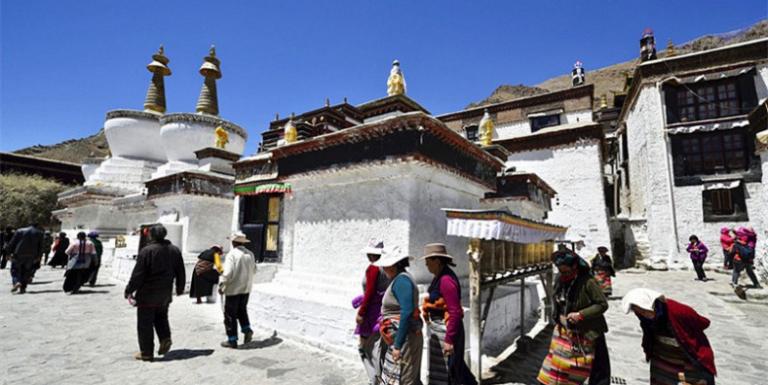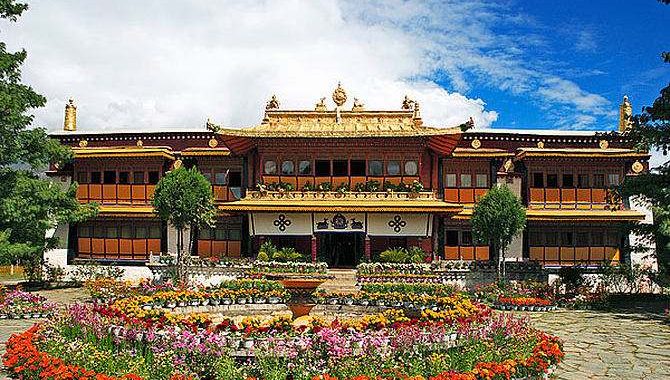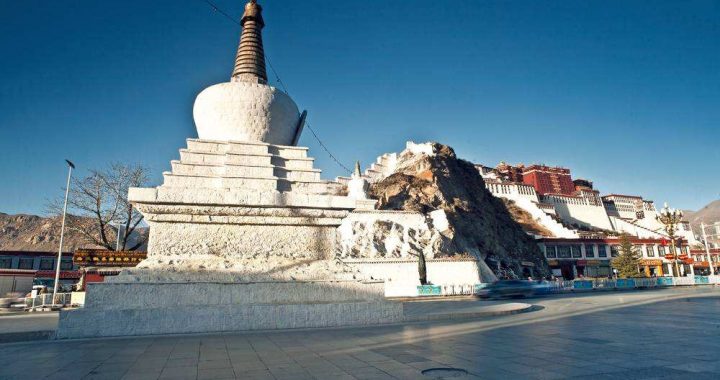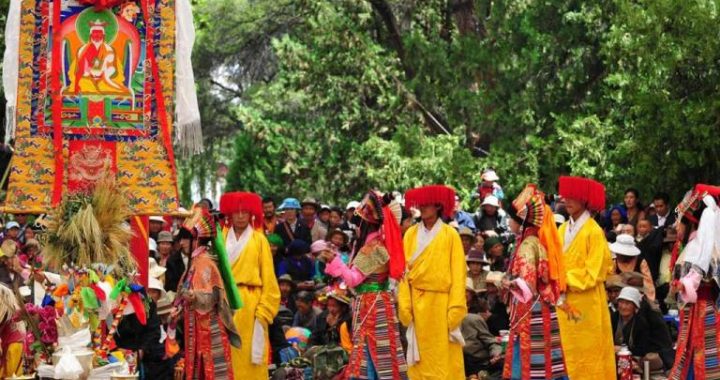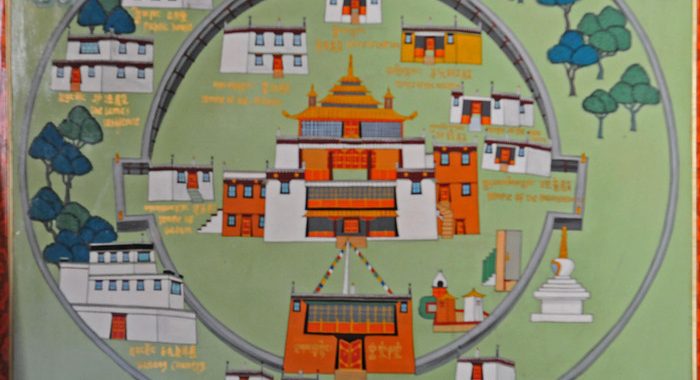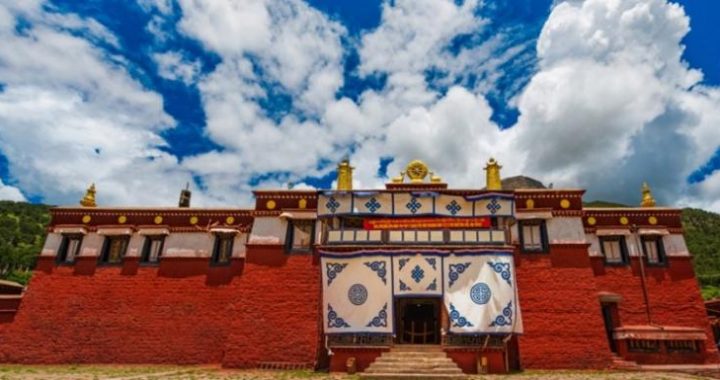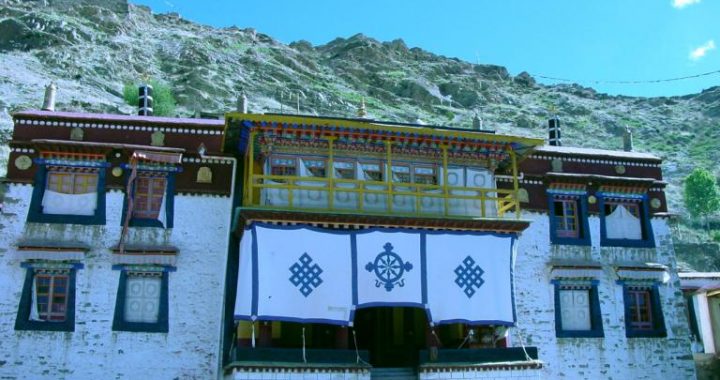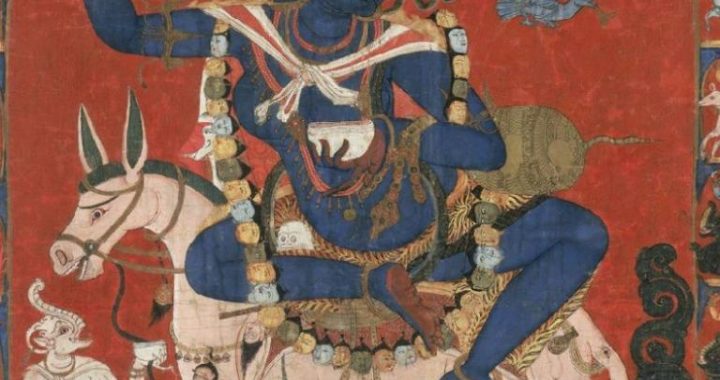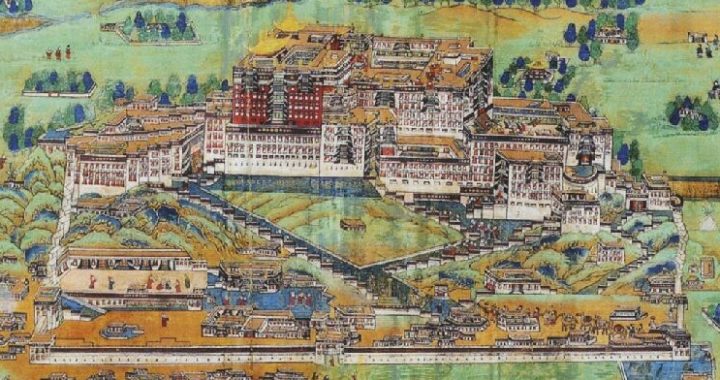Residence of Panchens: Tashilhunpo Monastery
5 min readTashilhunpo Monastery meaning the auspicious Mount Semeru, located at the foot of Mount Nyimato in the western suburbs of Xigaze City of Tibet, was built in 1447 by Gendun Drup (1391~1474),a disciple of Tsongkhapa and was recognized as the first Dalai after death. Ever since Gendun Drup was acknowledged posthumously as the first Dalai Lama, Tashilhunpo Monastery has become the residence of successivePanchens enjoying a lot of prestige in Tibet. Tashilhunpo Monastery when first constructed was not large and there were not many monks in the monastery, but the expansions by the Panchens contributed to its present form covering nearly 300,000 square meters as a temple accommodating more Gelug sect followers than any other monasteries. Tashilhunpo Monastery, Ganden Monastery, Drepung Monastery and Sera Monastery are regarded as the four major monasteries of Gelug sect and listed as the state key protection units of cultural relics. As the residence of Panchens, Tashilhunpo Monastery boasts a unique architectural style that it is encircled withhall walls wind following the rise and fall of the terrain; inside the temple standsthe world largest bronze statue of Maitreya and soul stupas of successive Panchens.
Besides featuring grand and splendid structures in wonderful layout typical of the Gelug Sect Academy, the monastery embodies the glory brought into Tibet by the Panchen, one of the two religious leaders in Tibet, thus it is no wonder that this architecture is as majestic as that of the royal palaces.
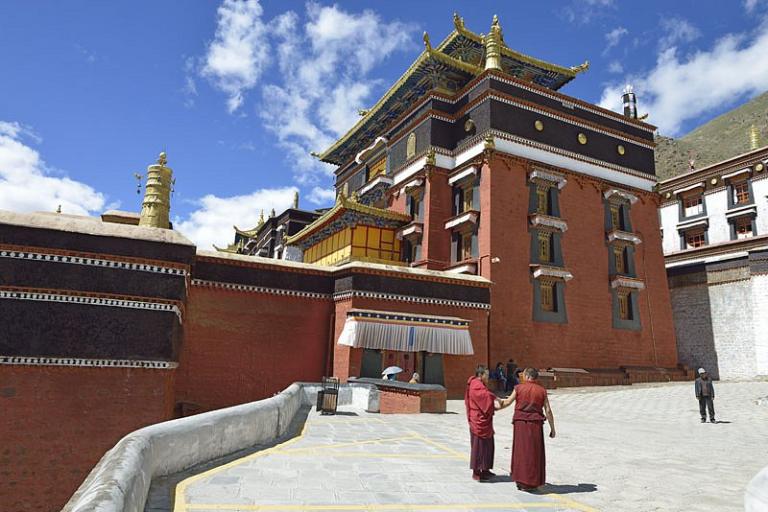
Tashilhunpo Monastery was built by Gendun Drup under the financial support of the U-Tsang aristocrats. It took twelve years to build up the structures such as the great sutra hall and others. Gendun Drup was the first abbot of the monastery. Later Maitreya Hall, Tara Hall, Terrance for Sunning the Buddha and the like were constructed. In 1600 when the fourth Panchen Losang Chokyi Gyeltsen (1570~1662) presided over this monastey, two large-scale expansions were made so that two gilt halls, one Labrang, Ngaba Dratsang and many Buddhist chapels were constructed. As a result, there were altogether more than 3,000 halls and rooms with 51 attached temples, which laid the foundation for the further expansion of the monastery complex. Thereupon this monastery became the residence of Panchen while the Panchens served as the monastery’s abbot for life. Once in 1791 Tashilhunpo Monastery suffered the plunder of the Korkha intruding troops, which incurred the loss of a lot of valuable cultural relics. Ever since 1973 it has been renovated and expanded with the state funds. Today Tashilhunpo Monastery consists of the main structures such as Tsog-chen Hal1, Stupa Hall, Han Buddhist Shrine, Champa Buddha Hall and four Dratsangs with finely-carved Buddha statues and lifelike frescos in each hall.
Tsog-chen Hall, the Tashilhunpo Monastery’s main hall, was built up in 1447 as the earliest structure of the complex. It took twelve years for it to be constructed. In the enclosing walls there are thousands of Buddha carvings of nearly the same size. In front of Tsog-chen Hall there is a 600-square-meter center for spreading sermons; its grand sutra hall can accommodate 3,800 monks and in the middle of the hall is an exquisitely-made three-meter-high gilt statue of Sakyamuni in honor of Master Sherab Sengha under whom Gendun Drup was tonsured. On both sides of the grand hall are Halls of Champa Buddha and Tara with an eleven-meter-high Champa Buddha statue enshrined in Champa Buddha Hall which is an embodiment of the superb skills of Tibetan and Nepal artisans as well as a witness of the friendly cooperation between the Chinese and Nepalese.
By the grand sutra hall is the Han Buddhist Shrine built by the seventh Panchen Tanpha Nyima enshrining gifts presented by emperors of the Qing dynasty and accordingly this hall is a witness of the sovereign-subject relationship between the Tsang Panchens and the Qing dynasty. Inside the Han Buddhist Shrine there is a huge, original portrait of Emperor Qianlong of the Qing dynasty; in front of the portrait is the tablet bearing characters whishing for an eternal life of Emperor Daoguang ofthe Qing dynasty which is a good witness of the monarch-subject relationship between the Tsang and the Qing government at that time.
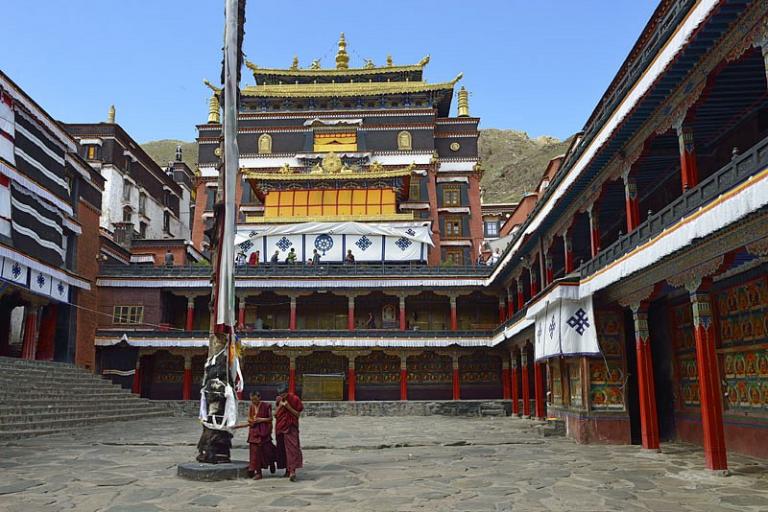
It was unique with its wing hall functioning as the drawing room when the grandminister resident of Tibet from the Qing government met Panchen. It is said that decrees of the Qing emperors were unexceptionally read by this minister at the HanBuddhist Shrine; after the Panchen received the decree, he kowtowed to the emperor’s portrait as a token of thankfulness to the emperor before he talked with the minister over tea in the wing hall. Outside the small door of the drawing room there is the exhibition hall which houses such invaluable treasures as the gold folder and gold seal, jade folder and jade seal and the like awarded to successive Panchens by the Qing court in addition to sorts of gifts presented by the emperors including th Yongle porcelain dating back to the Ming dynasty, the knitting ware of the Yuan and Ming dynasties, and rare Buddha statues dating back to the Sui and Tang dynasties, pattra-leaf sutras and so on, all of which are wonderful data for the research of Tibetan history, politics and economy.
Champa Buddha Hall in the west side of Tashilhunpo Monastery was ordered to be built in 1914 by the ninth Panchen Qoigyi Nyima and took four years to be constructed. Apart from the constructions introduced above, the main structures of Tashilhunpo Monastery also include soul stupas and four Dratsangs with the Halls of soul stupas even more sacred than Tsog-chen Hall. Among these soul stupas halls, the fourth Panchen’s stupa hall is the first one erected in 1666. The construction of this 11-meter stupa involved a lot of gold, silver, bronze and satin with myriads of pearls, agates and gems inlaid in it. It looks fabulously splendid and presents a very valuable cultural relic. The soul stupa for the fifth to the ninth Panchens has been damaged. In 1985 the tenth Panchen Erdeni Chokyi Gyeltsen presided over the renovation of the soul stupa for the fifth to the ninth Panchens with special state funds. This soul stupa features the modern architectural style by using modern technology and materials while retaining the Tibetan architectural characteristics.
